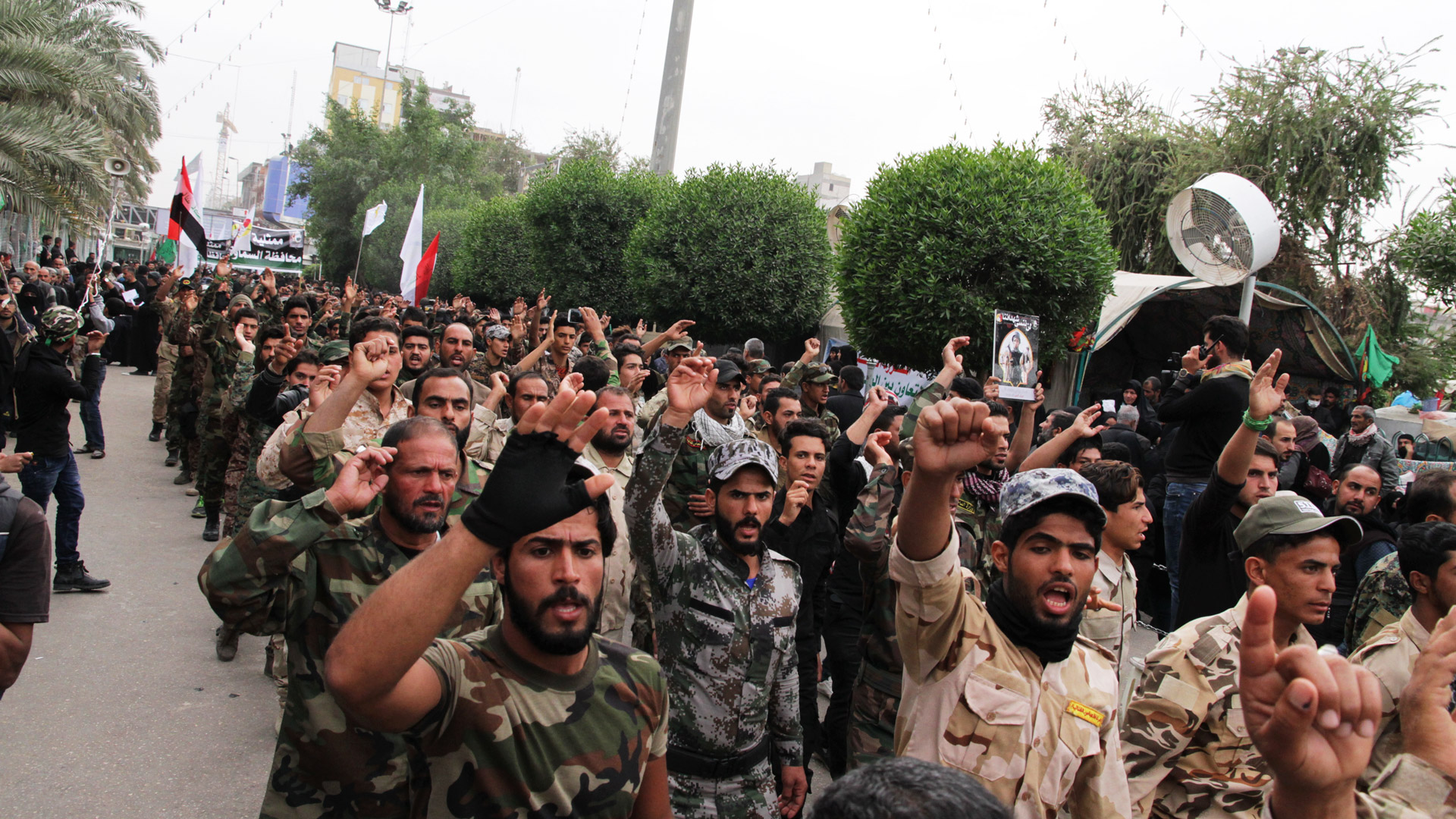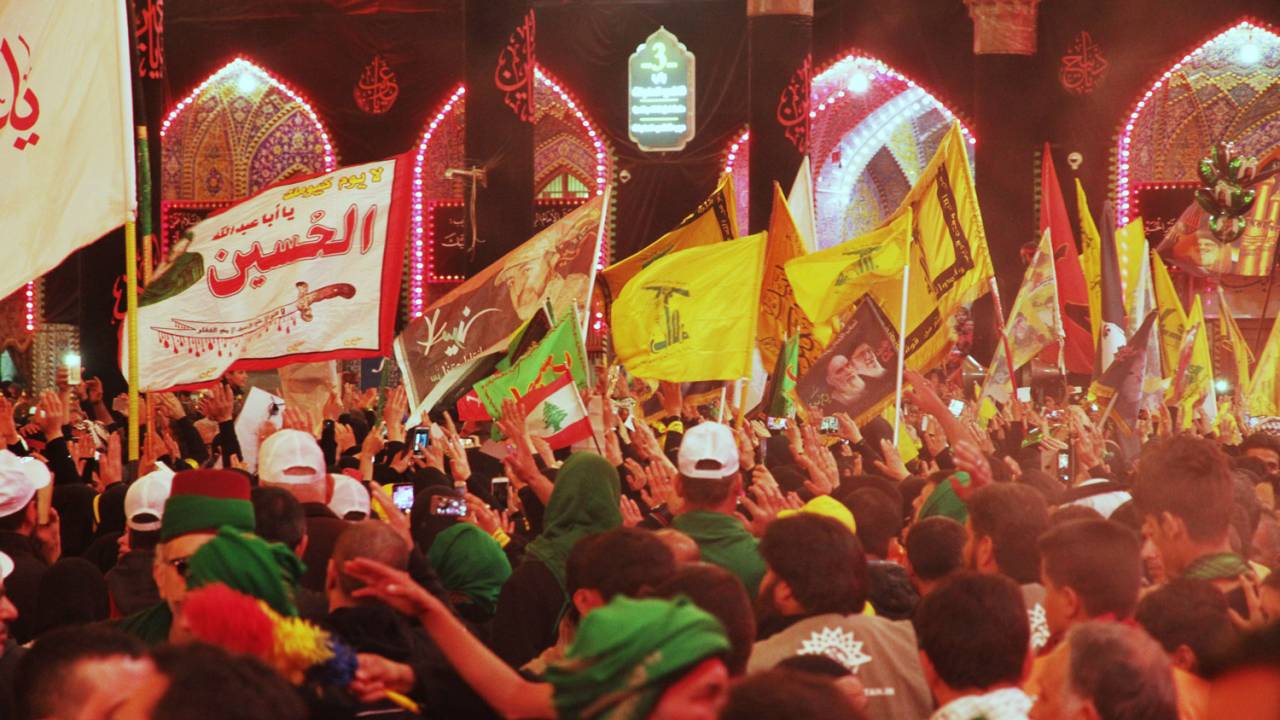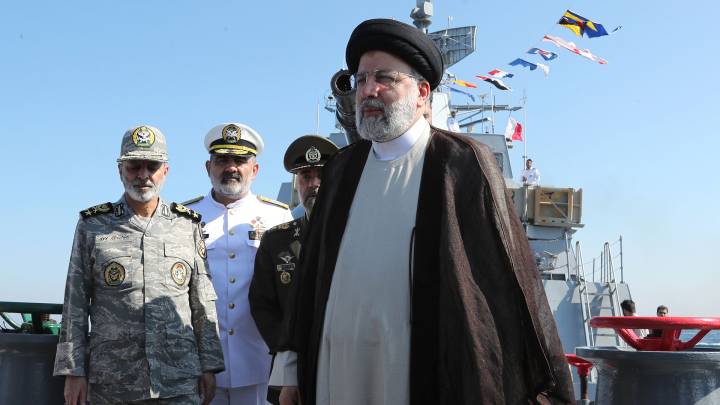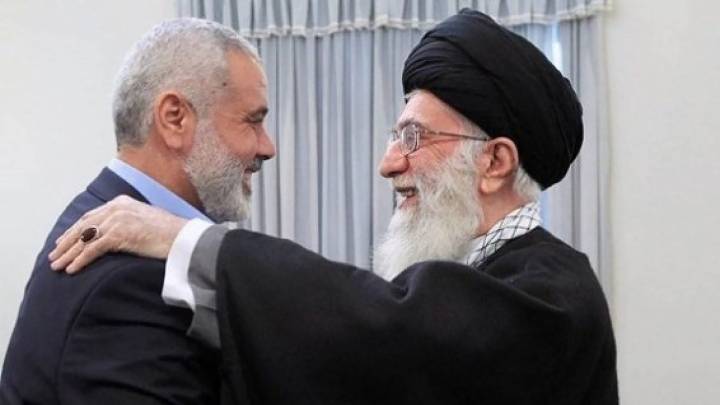The ideology of resistance is a distinct feature of powerful armed groups in the Middle East. It is time to introduce a new concept and, probably, a new term.
So-called Shia militias account for a major part of the Syrian regime’s firepower in the ongoing conflict, and are the subject of a heated debate. Most of these militias have a strong ideological disposition that combines a cohesive narrative with a plan of action and a high degree of operational flexibility. In addition, they have the ability to constantly reproduce themselves based on a tried-and-tested model – a mitosis-like cellular reproduction of militias.
Without prejudice to the political or moral judgement of their goals and their behaviours, one may question the accuracy of the term ‘jihadist’ in the context of Shia militias.
These groups display religious symbols and seem to compete in a creative effort to find new names and historical references that sound like home in the ears of Shia believers across the Middle East and Asia. They engage in military action against what they see as evil terrorist groups, takfiri, which refers to extremists declaring Shia and others non-Muslims and therefore legitimate targets. And, of course, they call this endeavour, their battle against terrorism and violent insurgents, a jihad.
Several authors and analyst have therefore defined them as jihadists or Shia jihadists, a term which may in some cases also aim to suggest that the Shia militias are no better than Daish or the HTS, formerly known as the Nusra Front – that they are just two sides of the same coin. Out of Washington and from Syria’s Sunni-dominated opposition in particular, we hear the calls: Why, if we fight Sunni extremist militias, are Shia militias left alone to indiscriminately pursue their project of Shia – and therefore Iranian – expansionism?
Without prejudice to the political or moral judgement of their goals and their behaviours, one may question the accuracy of the term ‘jihadist’ in the context of Shia militias, and introduce a different term instead: muqawamism. It is a complicated loan word but may be useful to analytical assessment. Muqawamism originates in the Arabic term ‘muqawama’ for resistance, or more precisely ‘muqawama islamiyya’ for Islamic resistance. This concept can be called the founding ideology, and sometimes way of life, of Hezbollah but also the Iranian Baseej and Revolutionary Guards.
It puts resistance against an oppressor, foreign or domestic, into the centre of the action. Whether armed or quietist, this resistance is therefore essential to achieve justice and to prepare, as some groups believe, the advent of the Mahdi, the redeemer. The entire Shia narrative is marked by topoi of oppression, disenfranchisement and the hope of creating a better Muslim society through resistance. According to this narrative, the Ahl ul-Bayt (the house of the prophet) were deprived of legitimate leadership of the Muslim world by corrupt Omayyads, and the bloodline of the Imams was oppressed and almost wiped out by numerous sinister assassinations ordered by the ruling class – a project that could only be averted thanks to the strong bond between the Imams and the divine.
The spirit of permanent resistance against Israel, the Shah, the Wahhabi takfiri kingdom of Saudi Arabia, colonialism and, of course, the United States has become the raison d’être of many Shia groups – a narrative partly promoted by the Islamic Republic of Iran as a way to dock on to non-Iranian Shia communities across the region. It has long been the state ideology of Khomeini’s Iran.
The incoherence of this concept with the fact that many militias fight alongside a Syrian regime which they themselves define as dhalim (oppressive) should be discussed elsewhere. Many are aware of this contradiction but justify it with pragmatism. The alternative they see is worse for them: anti-Shiism, takfirism and even the destruction of the holy Shia shrines in Syria and beyond.
When they claim to be waging a jihad – which here means armed struggle sanctioned by Islamic jurisprudence – significant conceptual differences become obvious. In their ideology, most of the Shia militias follow a Shia marja’iyyah, a reference or supreme clerical authority of either Iraqi or Iranian descent. Shia clerics on all sides of the spectrum define an armed jihad on the path of God as an act of wider self-defence to fend off aggressors against a Muslim’s home, family and community – and even religion itself. So do mainstream Sunni clerics, but the religious or judicial concepts the ‘classical’ jihadist groups refer to are much wider than this.
Some individuals, such as the infamous Abu Azrael, have paraded their own brutality against Sunni insurgents.
The ideology of jihadism propagates an armed struggle that is limitless in time, space and magnitude. Though there are several definitions of jihadism, most experts in the field agree that this ideology puts armed combat for the total victory of Islam into the centre of a Muslim’s life – it narrows it down to the armed struggle alone. Jihadist ideology is totalitarian, therefore the war must be a total one. Peace or armistice with Shia, Christian or other non-Muslim powers is not legitimate; if unavoidable, it can only be seen as a pragmatic intermediate step on the way to total victory. One notable characteristic of the jihadist ideology which Daish implemented is the claim that even Sunni Muslims who do not follow the jihadist view are off-path or even infidels, and since they are potential agents of fitna, intra-Islamic discord, they are legitimate targets of killing or repressive action.
Moreover, in this war for a higher cause, a jihad in pursuit of the establishment of a true caliphate, there are no moral boundaries. Everything – chemical weapons, poisoned wells, gruesome torture and mutilation – is allowed, as long as it serves the goals of seeding fear in the hearts of the enemies of Islam. Though even inside the jihadist movements such as al-Qaida one can observe some sort of a debate about the extent of displayed cruelty which may also alienate fellow Muslims, the edifying writings of jihadist thinkers like the Palestinian Abdullah Azzam, Abu Mus’ab al-Suri or the infamous Al-Naji, author of Management of Savagery (Idarat al-Tawahush), leave no doubt about the freedom jihadist ideology grants to the fantasy of a sadistic criminal.
Many of the Shia militias operating in Iraq as members of the Hashd al-Shaabi (Popular Mobilisation Forces) – or in Syria under the umbrella of Hezbollah, or the Qods force operating out of Iran – are accused of war crimes, abuse of civilians and extrajudicial executions. Some individuals, such as the infamous Abu Azrael, have paraded their own brutality against Sunni insurgents. They tried to gain public attention by satisfying a thirst for retribution while also encouraging Sunni insurgents to run away from Daish if they did not want to end up literally roasted over open fire.
However, the ideology of mainstream muqawamah, of permanent resistance, remains far less absolute than the jihadist ideology. It is arguably not totalitarian, and its prioritisation of the armed struggle is more limited in time and space.
This differentiation does not contain a moral or political judgment of these movements and their many gradings of ideology and often extremist views. One may also argue that the ideology of muqawama is not necessarily ready for compromise, in particular with regard to Israel. After all, the enmity towards what is simply referred to as Zionism is both a founding myth and a strategic topos for the movements of muqawamah, partly to justify their mere existence.
The actor of resistance who claims to throw off the yoke of oppression incurs the risk of becoming an oppressor himself.
Having said that, muqawamist movements today ostentatiously underline their support for religious minorities in the region, particularly for Christians, with Iran presenting itself as the champion of religious diversity, protector of Christians, Jews and recently Yazidis. This stands in sharp contrast to jihadist thought, which ranges between oppression, enslavement and extermination of non-Muslims and those of heterodox beliefs.
The concept of muqawamah as a permanent struggle against an occupying or oppressing force is not explicitly Shia and has been adapted by various Sunni Islamic militant groups (such as Hamas) or even emphatically secular or socialist groups (the Algerian Liberation Front (FLN) and the notorious Syrian Nationalists (SSNP)). Muqawamism may now describe an ideology that does not necessarily question – or rather tends to mask – the actual political and social circumstances of a conflict. In this case, the actor who claims to throw off the yoke of oppression incurs the risk of becoming an oppressor himself, and we see a powerful majority that still behaves like an oppressed minority, with often devastating consequences for other groups in society.
Like most successfully mobilising ideological concepts, the idea of permanent resistance in the Shia world is completed and nourished by historical topoi that tune the strings of emotions and folkloric beliefs. For example, among the non-Syrian Shia fighters in the Syrian arena who adhere to the muqawamist ideology, three hues of ideological disposition stand out. Firstly, the rather pragmatic ones who consider the Assad regime rejectable but a lesser evil. They see the war in Syria as part of a regional Wahhabi- and Salafi-driven assault which, in the case of regime defeat, would destabilise Iraq and encircle Iran.
Secondly, the orthodox muqawamists who consider themselves entitled to fight for whomever they deem oppressed by Western imperialists, Zionists and their corrupted lackeys and affiliates. Finally, the eschatologicals, more analogous to certain Salafi and jihadi groups, who anticipate the imminent arrival of the Mahdi and believe Syria to be the ground of the grand battle (al-Malhama al-Kubra) against the forces of evil.
The closer we get to the third group – a distinct minority among the three – the more we can argue that jihadism and muqawamism have points of contact. Certainly, muqawamism is a complex term – but it is always good to fine-grade terminology. Even mainstream media have started to differentiate between, for example, Islamism (as a political ideology) and jihadism (as an ideology of a warfaring cult). Therefore it is legitimate to bring in new concepts based on neologisms borrowed from the Arabic language. The socio-ideological concept of muqawamism may help us in the future to better understand conflict dynamics in the Middle East region – and to have a more realistic answer to the challenge that the emergence of such armed non-state or half-state actors represents.
Daniel Gerlach is editor-in-chief of zenith Magazine, director of the Candid Foundation and chairman of the consultancy group zenithCouncil. The opinions expressed in this article do not necessary represent the views of either organisation. The author would like to thank Dr Walter Posch of the Austrian National Defence Academy for his valuable input to this text.






